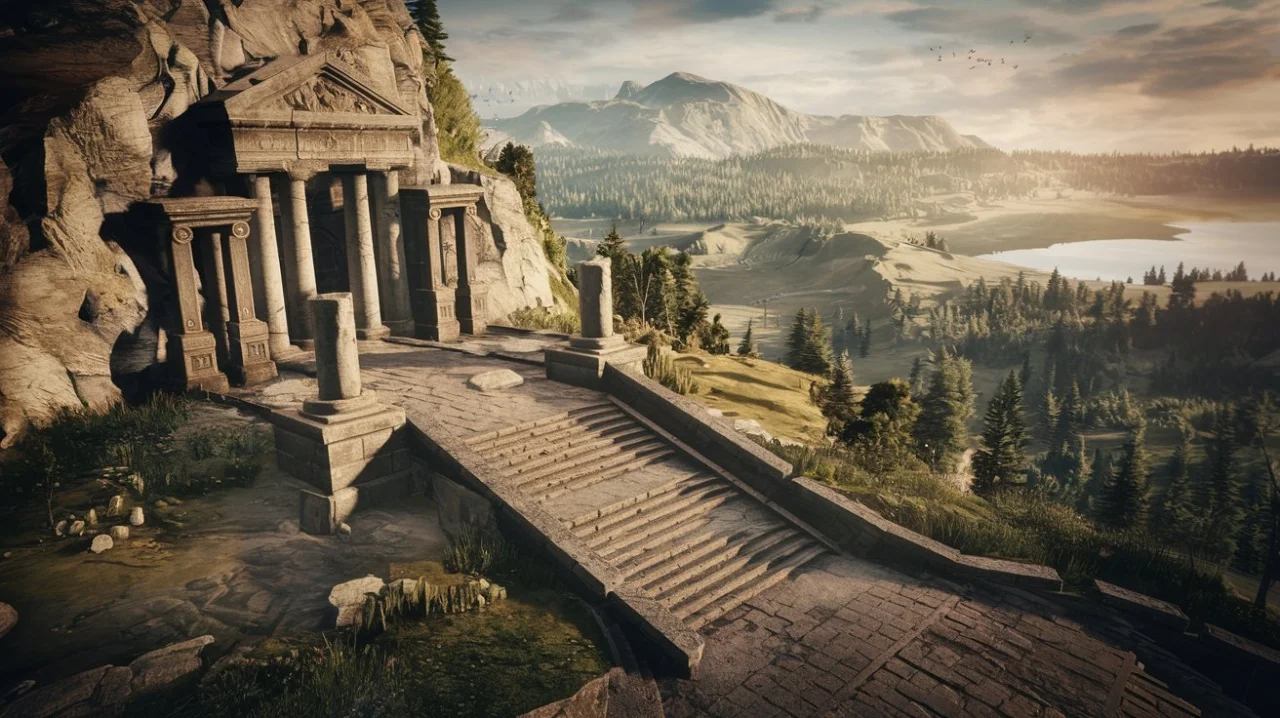In a world where language continues to evolve and abstract concepts emerge from the intersection of imagination and philosophy, few terms have captivated curiosity quite like Pernithia Galnith. The phrase, unfamiliar to most and undefined in any official lexicon, resonates with the mystique of something ancient, alien, or perhaps entirely invented. Yet its allure lies precisely in that ambiguity.
So what is Pernithia Galnith? And why has it sparked speculation among thinkers, storytellers, and mystics alike?
A Term Beyond Definition
First appearing in fringe discussions across obscure forums and esoteric literature, Pernithia Galnith has been interpreted as many things: a metaphysical place, a state of consciousness, a forgotten deity, or even a theoretical principle in an undiscovered branch of physics. What makes the term intriguing is the lack of a single narrative around it. Instead, it invites interpretation—much like a dream whose meaning shifts based on the dreamer.
Some claim Pernithia represents a forgotten land—a parallel reality just out of sync with our own, shimmering at the edge of dreams and déjà vu. Galnith, in contrast, is thought to signify a force or entity—possibly a guardian, possibly a threat—that oversees or manifests within that realm. Together, they evoke a story with no beginning and no end, a mythos waiting to be written.
Cultural and Symbolic Theories
Philosophers and symbolists have drawn parallels between Pernithia Galnith and classical ideas like Plato’s World of Forms, Carl Jung’s collective unconscious, or even modern science-fiction constructs like The Matrix or the multiverse. In this sense, Pernithia Galnith might be less of a place and more of a lens—a conceptual tool to explore how humans perceive reality, memory, and meaning.
For some, it serves as a placeholder for the unknown knowns—those truths we intuit but cannot express. It could represent a personal transformation, a liminal state between knowing and becoming, where logic breaks down and intuition takes over.
Pernithia Galnith in Art and Storytelling
Intriguingly, artists and writers have begun to adopt the phrase as a motif in their work. A growing number of short stories, digital art pieces, and experimental music tracks bear its name or allude to its themes. These works often share common traits: surreal landscapes, cryptic symbols, and a sense of yearning for something just out of reach.
In a sense, Pernithia Galnith functions like a mythological canvas—open-ended and suggestive. It allows creatives to project their own ideas of what lies beyond the edge of perception, to give form to questions rather than answers.
Conclusion:
Whether Pernithia Galnith is a concept born from collective myth-making or the seed of a new philosophical paradigm, its power lies in its openness. It resists explanation not because it is meaningless, but because it is full of potential meaning—waiting to be discovered, deciphered, or dreamed.
Perhaps Pernithia Galnith is not something to be understood but something to be experienced—like a melody that haunts your memory though you’ve never heard it before.
In a world that increasingly demands certainty and clarity, Pernithia Galnith reminds us of the beauty in mystery, and the value of not always knowing.

